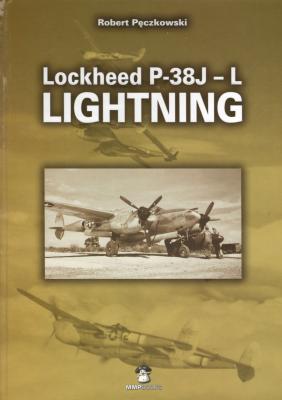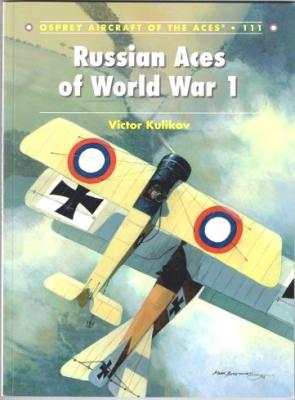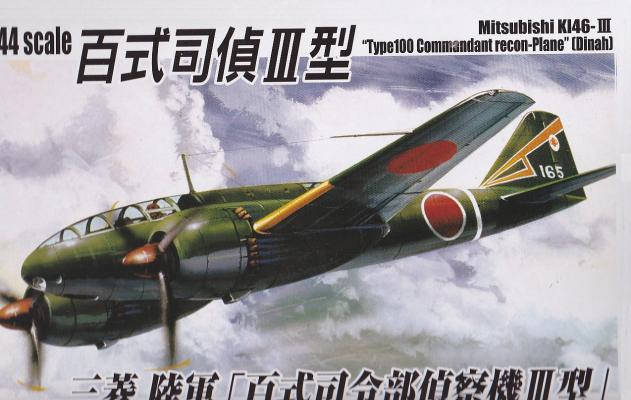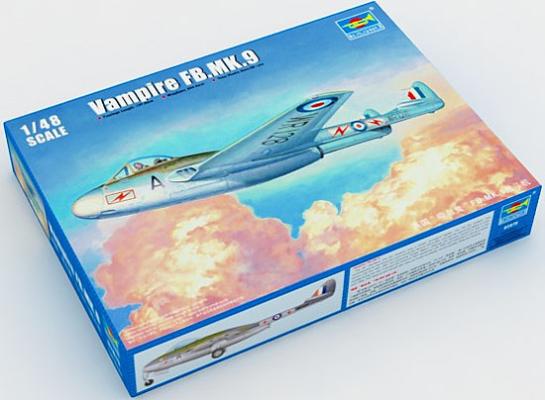MMPBooks (Mushroom Models Publishing) has a proven track record of offering some of the best publications on the market and this latest addition to the collection is no exception. Written by Robert Peczkowski and illsustrated by Artur Juszczak, this book is another example of the excellent publications coming from MMPBooks There are 33 books in the “Yellow Series”, featuring a wide range of aircraft from before WW II through the end of that conflict, and this book, featuring the Lockheed P-38J-L is a welcome addition becoming the 34th book in the series.
Welcome to the IPMS/USA Reviews site!
Introduction: The primary organization of the IPMS/USA Review website is by IPMS/USA National Contest Class. Within each Class there are sub-menus by kits, decals, books, etc. The Miscellaneous Class is for items that are not class specific or that cross two or more classes.
IPMS/USA Members: We encourage you to submit reviews, both here and to the Journal. To volunteer for membership in the IPMS/USA "Reviewers Corps" and submit your own reviews, please read the Guidelines For Submitting Product Reviews.
Manufacturers, publishers, and other industry members: IPMS/USA is pleased to offer your company the opportunity for product reviews. All product reviews are performed by IPMS/USA members, and are posted in the publicly-accessible section of our website. With very few exceptions, we perform full build reviews of new kit releases, aftermarket products, and supplies. If you would care to provide product samples for review, please contact John Noack, IPMS/USA 1st VP.
To learn more about IPMS/USA, please see our About Us page.
Volume 111 in Osprey’s Aircraft of the Aces series presents the interesting story of Russian Aces of World War I. The 96-page soft cover book is the result of author Victor Kulikov’s lifelong interest in Imperial Russian aviation in WWI. He is a recognized expert, having written articles on the subject for Windsock International, Cross & Cockade, Avions, Aero Journal and Over the Front, and co-authored Flying Machine Press’ massive hard cover book Imperial Russian Air Forces. In Osprey’s Russian Aces of World War I, Kulikov draws from recently sourced Russian military and private archives to detail the exploits of each of the aces in a thoroughly researched and well-written narrative combined with a number of previously unpublished period photos.
The Aircraft
The Mitsubishi Ki-46 Dinah was a reconnaissance platform for the Imperial Japanese Army. The crew of 2 were in separate cockpits, with the pilot and observer separated by a fuel tank (shudder!) The Ki-46II version was faster than any Japanese fighter in the 1940-41 time frame, and the IJAF thought it should be immune from interception. The advent of the P-38 in Pacific combat caused rethought of this idea.
The solution to the speed problem was more powerful, fuel injected Mitsubishi Ha-112 engines, which pushed the top speed to a respectable 391 mph. The nose was redesigned to be more aerodynamic, with no step for the canopy, but a full bubble instead. Also, fuel capacity was raised by putting another fuel tank in the nose in front of the pilot (shudder again!).
Plusmodel has introduced a wheelbarrow diorama piece that should provide some opportunities to be creative in deciding what the wheelbarrow will be carrying.
Opening the Bag
First, a little background on why I selected this kit. Previously, I had written over a dozen IPMS reviews across several scales and categories. Then I took a break from modeling, and when I returned a couple of months ago I wanted to start with something easy. This subject looked like a good start.
The contents of the bag include 6 resin pieces and an instruction diagram. The pieces are a light grey resin with very light flash around the wheel. The wheel and axle were deformed.
Upon opening the box, you will find 3 grey sprues, plus one clear sprue, instructions and a medium size decal sheet stencils included, for two finishing options, one in overall high speed silver and a camouflaged one.
The part count is, relatively speaking, low with a total of 59 parts. The only real assembly option is the external tanks type, either conformal tanks from the Mosquito or drop tanks. You have to either choose which one to install or to fill in the holes in the lower wings.
Perhaps the “main” issue with this kit is that the Vampire Mk.9 had an asymmetrical wing root (to accommodate an internal AC unit), but the plastic parts have symmetrical wing roots, making the kit a Mk.5. Personally, I am not all that worried about that, but some modelers might want to take note of it, or get aftermarket decals for a Vampire Mk.5















